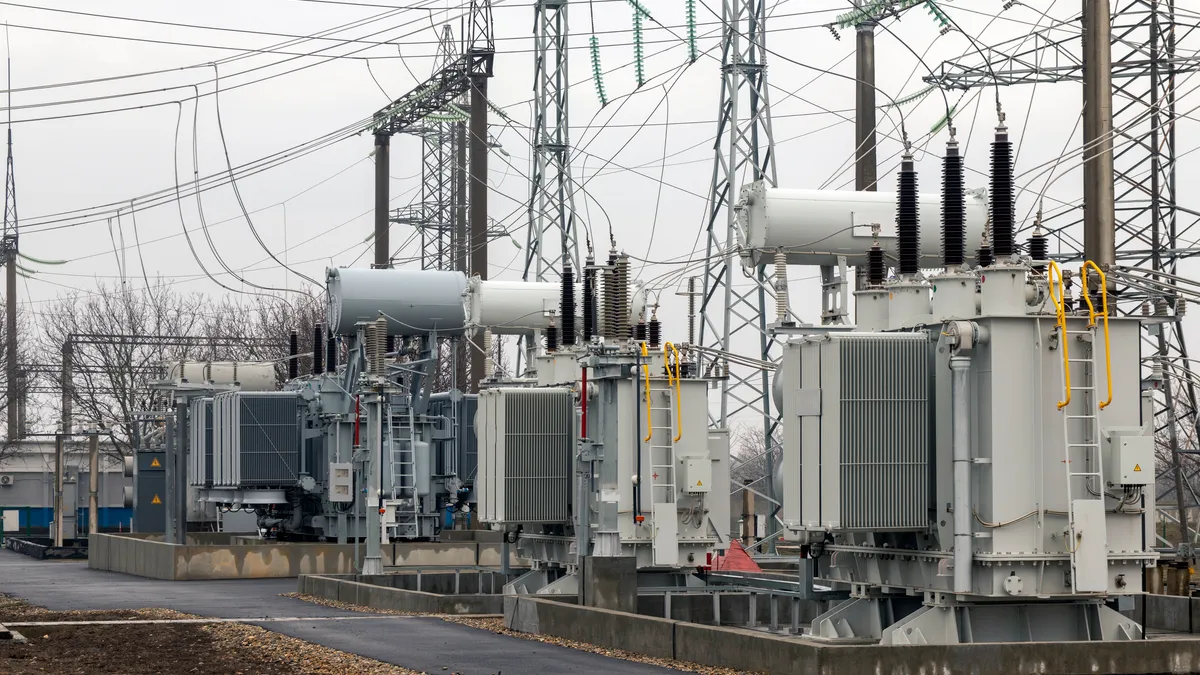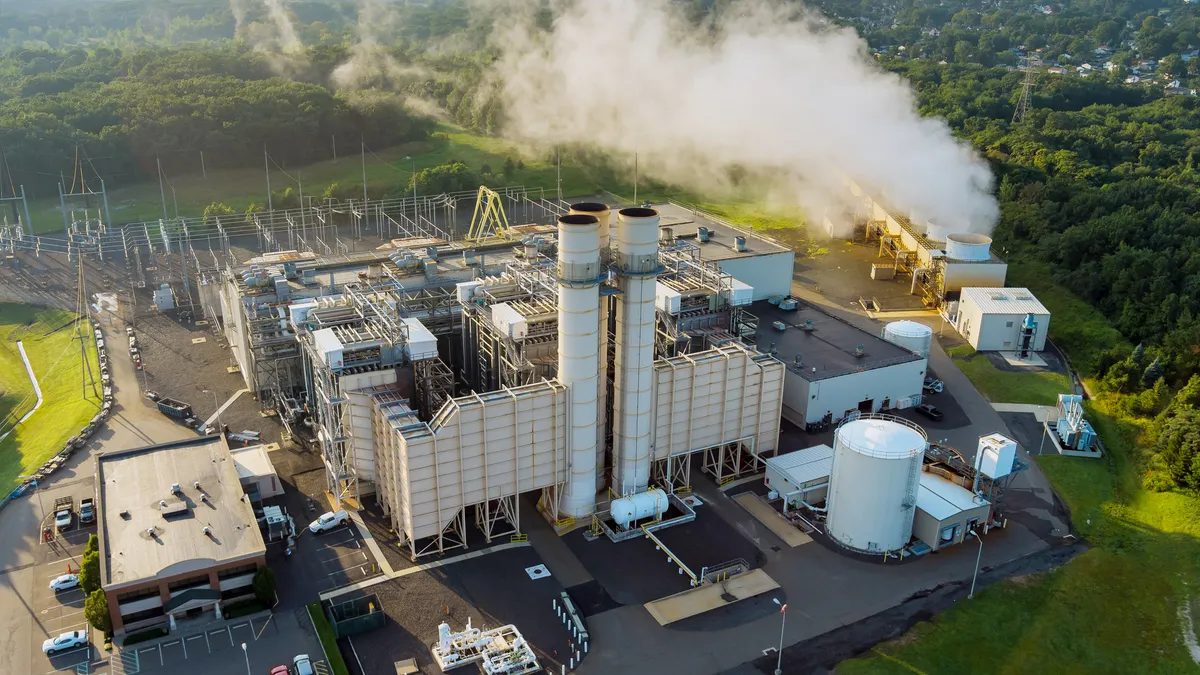For a decade, electricity system operators have wrestled with how to respond to the challenge of growing renewables, but a change has come.
System operators are now looking to solar and wind as a solution — rather than the problem — in their drive for more affordable reliability. But realizing the grid of the future necessitates some basic changes, regulators, utilities, and system operators are thinking about resource planning, pricing, and integration.
“Wind and solar can provide nearly anything a system or network operator wants except power on demand if they are given reason to do it,” explained DNV GL Senior Consultant Felicity Jones, co-author of the new report "Beyond Integration; Three dynamics reshaping renewables and the grid."
“Markets and regulations need new incentives for services that will strengthen systems,” she said.
The paper is based on DNV GL’s survey of 1,600 stakeholders in 71 countries around the world. Respondents included transmission and distribution system and network operators, including investor-owned, publicly-owned, and cooperatively-owned utilities, and developers and original equipment manufacturers (OEMs) in the renewables industries.
Three dynamics emerged which combine to describe a major trend recognized by most survey respondents: The technical capability is available to support a 70% renewables grid by 2050. New metrics and new rules for system operations, along with broadening horizons for power producers, system operators, and consumers, mean one fundamental thing, the paper argues: “Ad-hoc changes to existing systems must give way to genuine systemic thinking.”
“There are two stages,” Jones said. “The first stage is generating electricity with renewables and promoting deployment. The second stage is about integrating renewables into the grid.”
DNV GL’s survey found that almost all stakeholders are giving grid integration more attention, Jones said. Doing it well could get 70% renewables in the energy mix by mid-century.
Four-fifths of respondents said the transition to a high renewables grid can happen by 2050 or sooner, she explained.
“As one said, ‘The days of monopolized power are coming to an end. Get smarter or get out of the way.’ The implication is – embrace these trends or be displaced.”
The split
Few stakeholders are in denial about the changes, but there is "a worrying split," Jones said. System and network operators report feeling “weighed down by challenges” of integrating renewables while renewables developers report feeling “uplifted by opportunities,” she explained. “This is not a sustainable situation because the renewables industry can only get those opportunities if they get system operators on board.”
A re-balancing is necessary, Jones said. Economic incentives, based on new metrics, can create the new market opportunities renewables are ready to meet. New rules and regulations for operating the grid can make it easier for operators to use the higher penetrations of renewables being imposed on them by policymakers.
“One clear message from the survey,” Jones said, “is to stop thinking about renewables as a grid problem and start thinking about how they are part of the solution to grid changes.”
New metrics, new rules, new horizons
New metrics, the paper explains, can (1) create market signals that move renewables developers to where and when system operators need their output, (2) open up grid services markets to renewables developers, and (3) show system operators the actual value of the services wind and solar can offer.
“The metric of market value, which encompasses revenue as well as cost, at a system level, will better converge developer incentives with the needs of system operators,” the paper said.
“It is no longer just about cost, it is about value,” Jones said. ”That is a different and less familiar kind of metric.”
Going beyond out-of-date metrics will lead to incentives for renewables that “bridge the gap between system operators and the renewables industry," she said. "Closing the gap will make system operators feel less challenged and prevent that from being a barrier to renewables deployment.”
New rules, according to the paper, should include:
- Grid code revisions that allow system operators to most efficiently use the newest wind and solar power electronics
- Regulations on the effective use of innovations such as microgrids
- More open system operations for more stakeholder engagement.
New rules must only be imposed carefully, the paper warns.
“A heavy handed regulatory approach should be avoided, and market-based solutions – including the new metric of market value – remain an equally important part of the solution.”
The new metrics and rules will open up new “horizons” such as “subsector arbitrage” with heat and transport, improved engagement with consumers, and more detailed interactions with smart energy systems.
It is time for “the ‘internet of energy’, where smarter, real-time operational controls are used to coordinate input from distributed sources of supply and demand, which span power, transport and heat,” the paper says. Interest in energy storage and smart grids “underscores the role for IT in helping to manage the variability of renewables.”
The importance of policy
Two-thirds of respondents listed politicians and policymakers among the three most important players in the transition to a high renewables grid, the paper reports. They can be key to resolving the conflict in which renewables developers are caught by being asked to both respond to policy targets for more and cheaper wind and solar and, at the same time, to system operators’ concerns about too much wind and solar on their systems.
It is good news that politicians and policymakers are seen as such vital participants, Jones explained. Respondents largely believe a high renewables grid is technically possible and that "it is a matter of markets and political will.”
Policymakers need to design incentives for renewables that go beyond the levelized cost of energy (LCOE).
“That might be a good enough metric for today but it is the wrong metric for tomorrow,” Jones said. “There needs to be less emphasis on the cost per kilowatt-hour and more on the value of generating that kilowatt-hour at different times and at different locations.”
Stakeholders must stop thinking that wind and solar are simply causing problems, Jones said.
“It is quite empowering to all the players to think about how renewables can help solve grid reliability challenges.






















